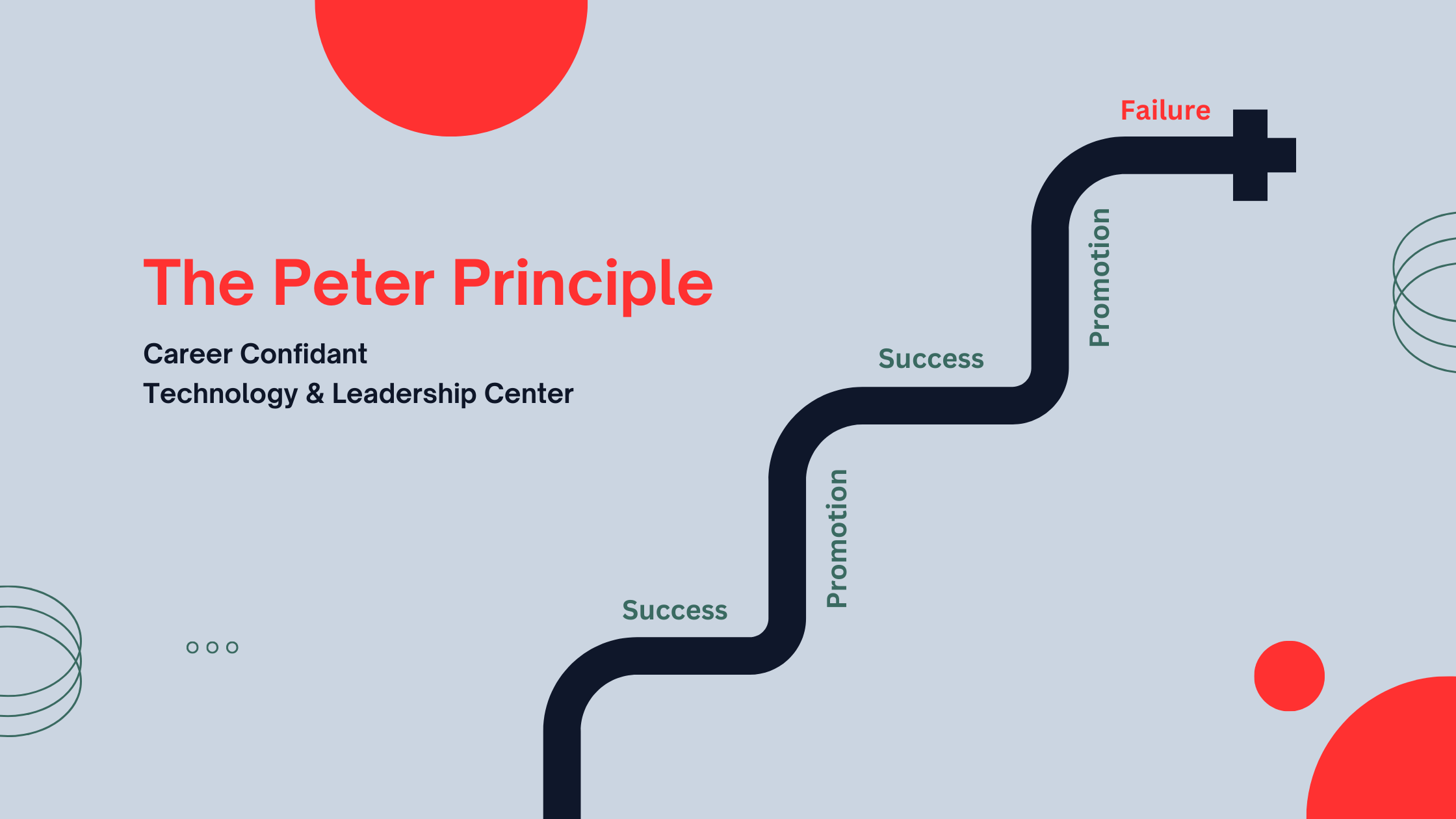Investing in Your Employees: A Manager's Guide

As a manager or employer, nurturing the professional growth and development of your employees is paramount. Without it, the costs in turnovers and missed opportunities for employee contribution do more damage than you realize. By providing training and skill-building opportunities, you can enhance employee performance, boost job satisfaction and ensure your organization remains competitive. However, many managers struggle with knowing where to begin and how to structure effective training programs. In this blog post, we will provide practical tips and resources to help you support your employees' training and development and create a culture of learning within your organization.
94% of employees would stay at a company longer if it invested in their career development. LinkedIn
Organizations with engaged employees experience 41% lower absenteeism and 17% higher productivity. Gallup
84% of employees consider career development opportunities as a crucial factor in their job satisfaction. The Society for Human Resource Management (SHRM)
By 2025, the time spent on reskilling and upskilling employees will increase by 100 million hours per week. The World Economic Forum's Future of Jobs Report
Employees who feel their organization is invested in their development are 40% more likely to stay with the company. IBM
The estimated direct training costs per employee are approximately $1,195 on average, while each dollar invested in results in $4.53 in productivity gains. The Association for Talent Development (ATD)
-
Understanding the Benefits of Investing in Employee Development:
Investing in employee development yields numerous advantages for organizations. By empowering employees through training and skill-building, you can enhance job performance, foster an engaged workforce, and gain a competitive edge in the industry. This section will delve into the benefits of investing in your employees, highlighting how it leads to increased job satisfaction, improved retention rates, and overall organizational success.
-
Supporting Employee Training & Development:
Taking an active role in supporting your employees' training and development is crucial for their success and the growth of your organization. This section offers a comprehensive guide on how to effectively support your employees in their training and development journey. It covers essential topics such as identifying training needs, providing resources and opportunities for development, and promoting a culture of continuous learning. By following these guidelines, you can help your employees thrive while fostering an environment of growth within your organization.
-
Employee Feedback and Development Recognition:
Feedback and recognition are vital components of a successful employee development program. Constructive feedback helps employees identify areas for improvement and provides actionable insights for achieving their professional goals. Recognition, on the other hand, motivates and reinforces positive behaviors. In this section, we explore effective ways for managers to incorporate feedback and recognition into their employee development programs, creating a culture of continuous learning and growth.
-
Measuring the Impact of Employee Development Programs:
Determining the impact of training is crucial for organizations to gauge the effectiveness of their training initiatives. Without proper measurement, it can be challenging to determine whether the programs are achieving their intended goals and producing desired results. This section outlines different methods organizations can use to measure the impact of their employee development programs, highlighting the benefits of doing so. Additionally, examples of successful implementation will be provided to help you understand how to effectively evaluate the impact of your training initiatives.
Are you familiar with the Peter Principle? The phrase refers to a process in which employees receive promotions for being competent in their current jobs and continue to rise through the ranks until they reach a level at which they are incompetent. The consequence of this pattern is an organization that is heavily staffed by managers who may be inadequate. You can prevent this from happening in your organization by supporting a culture of continuous learning and growth.
At every level of the enterprise, investing in your employees and providing training resources you can unlock employee potential and drive success for both individuals and the organization as a whole. Remember, fostering a supportive environment where employees can grow and develop their skills is key to maintaining a competitive edge in today's dynamic business landscape.
For detailed information about supporting your employees training and development, visit our Employee Investment Page.
Author's Note:
This article represents a hybrid blog, a collaborative creation combining the creative content and personal experiences from our staff with the capabilities of AI language technology. The content aims to blend human-driven storytelling and AI-assisted precision, showcasing the potential synergy between human creativity and artificial intelligence in the realm of content creation.
Subscribe Here!
